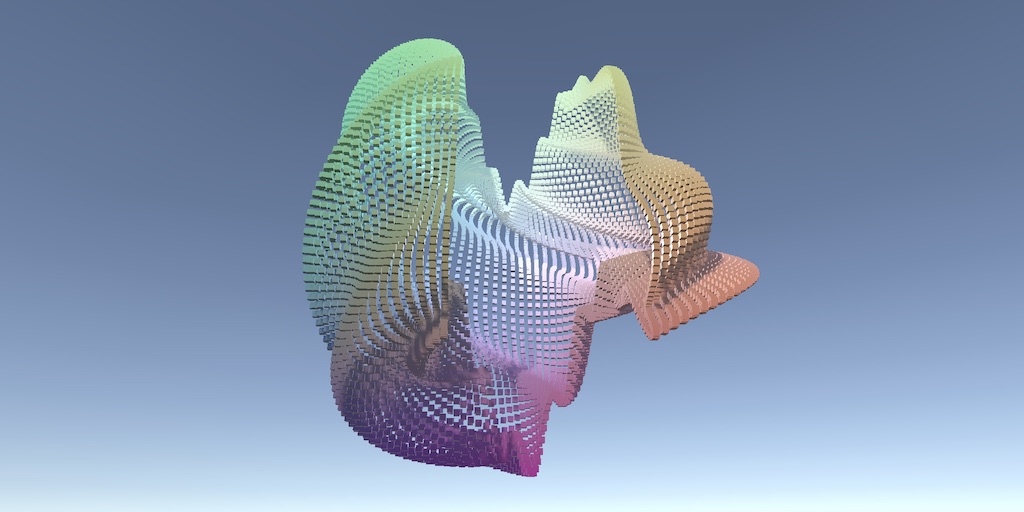

- Unity catlight coding math basics code#
- Unity catlight coding math basics zip#
- Unity catlight coding math basics windows#
Control StructuresĪ sophisticated program might have thousands of lines of code. But if you want to refer to a person as an individual entity with a name and an age, you’ll need a data structure. You might store somebody’s name and age in separate variables. Data StructuresĪ data structure allows you to store related data that’s too complex for a simple variable. Variables can have a type such as a number, a character, or true/false (boolean). If you’re writing a game, you might use a variable to store the player’s current score.
Unity catlight coding math basics code#
Release v1.0 corresponds to the code in the published book, without corrections or updates.
Unity catlight coding math basics zip#
Download the files as a zip using the green button, or clone the repository to your machine using Git. A variable is simply a way of holding a value that you can then change, as you require. This repository accompanies Basic Math for Game Development with Unity 3D by Kelvin Sung and Greg Smith (Apress, 2019). Variables are an integral part of programming you might recognize the concept from algebra. Functions are essential to modular programming, which aims to be as reusable and maintainable as possible. You can use (or "call") a function over and over. In the simplest terms, a function is a chunk of code that performs a specific task. They create a more complete environment, which many programmers prefer over separate applications.Ī Few More Basic Coding Concepts to Get You Started Functionsįunctions are the heart and soul of programming. These are applications that provide a combination of programming tools, including an editor, debugger, and so on. IDE is short for Integrated Development Environment. Validators and debuggers can catch and highlight errors, suggest fixes, and sometimes fix them automatically. Programs may sometimes run into thousands of lines of code, and a few errors such as misplaced punctuation can sometimes throw the entire thing off. They work a bit like a grammar checker that evaluates the grammatical accuracy of a piece of writing. Validators and debuggers are programs that help to check the quality of code. Each compiled language typically has an official compiler, but alternatives are usually available. A compiled program is self-contained and ready to run: such programs are sometimes called executables or binaries.Ĭompilers are programs that convert source code into a finished program, in machine-readable code. An interpreted program needs another program to run it: an interpreter. Compilerīroadly speaking, the programs you write can either be interpreted or compiled.
Unity catlight coding math basics windows#
This ensures that we use the correct distance.The most popular text editor for Windows devices is Notepad/Notepad++ but there are many modern alternatives like Visual Studio Code and Atom. Now fix AddForceToVertex by scaling the pointToVertex vector by the uniform scale. But really, you don't want to deal with nonuniform scales. You could use a 3D vector instead of a single value for the scale. Vector3 displacement = displacedVertices - originalVertices velocity -= displacement * springForce * ltaTime vertexVelocities = velocity ĭisplacedVertices += velocity * ltaTime We do this each time the vertices are updated. We can directly use the displacement vector as a velocity adjustment, multiplied by a configurable spring force. The further away the deformed vertex is, the stronger the pull of the spring becomes. Whenever the deformed vertex is moved away from the original, the spring will pull it back. Imagine that we attach springs between the two versions of each vertex. We are keeping track of both the original and the deformed position of each vertex. All we really need is something that looks believable. We cannot perform a realistic physics simulation with this. We don't have a real volume, just a collection of vertices that describes a surface. They can also return to their original shape once left undisturbed. Real objects are solid and are compressed and stretched while being deformed. Let's now make the object bounce back to its original shape. They keep moving and the original shape of the object will be lost. Vertices now start moving as soon as we apply some force to them. using UnityEngine public class MeshDeformer : MonoBehaviour Are the vertices updated all the time?Ĭumulative velocities. Just as the cube sphere component, it needs a mesh filter to work with. unitypackage Mesh DeformerĬreate a new MeshDeformer script to take care of the deformation. I set the sphere's grid size to 20 and its radius to 1. To get a smooth deformation, the sphere should contain a decent amount of vertices. You can either make it from scratch or continue with the scene from Cube Sphere, removing everything that is no longer needed. We start with a scene that has a single cube sphere object at its center. It is a continuation of the same kind of mesh manipulation and we'll use the cube sphere as our test model.

We'll turn a mesh into bouncy mass and poke at it.

This tutorial is an introduction to mesh deformation.

Maintain shape with springs and dampening.Convert forces to velocities for vertices.Cast rays at objects and draw a debug lines.


 0 kommentar(er)
0 kommentar(er)
